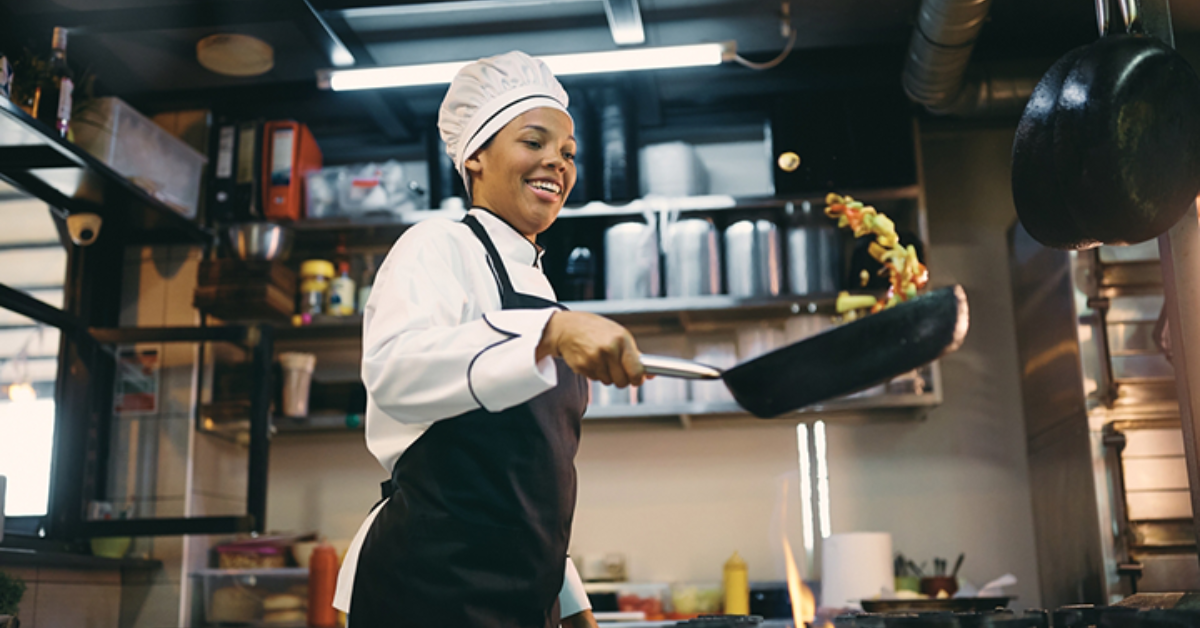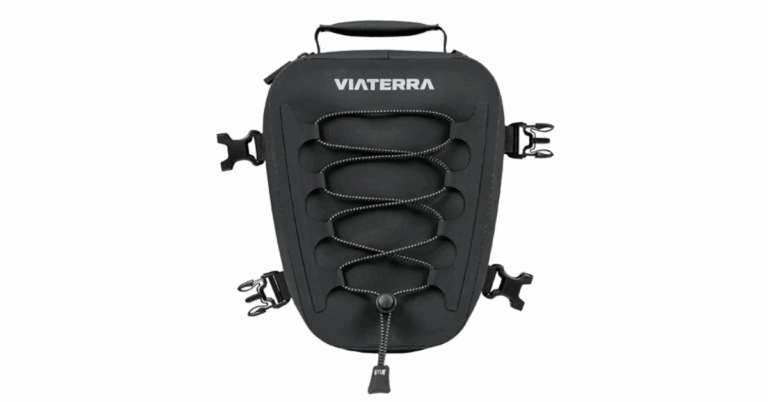Food Safety Hygiene Course – Complete Training for Food Handlers
In today’s fast-paced food industry, ensuring cleanliness isn’t just a good habit—it’s a legal and ethical responsibility. The Food Safety Hygiene Course is essential training for anyone handling food in a professional environment. This complete program empowers staff to understand and implement proper hygiene practices, minimize risk, and protect public health. Whether you’re in catering, food production, or retail, this training helps us all maintain the highest standards in food safety.
By mastering the principles taught in this course, we create a culture of accountability and trust—one where safety comes first, and customers feel confident in every bite. The Food Safety Hygiene Course does more than tick boxes; it cultivates professionals who know how to handle food safely, spot hazards early, and avoid costly or dangerous mistakes.
Why Food Safety Training Matters
Foodborne illnesses can be devastating—not just to individuals, but to businesses and brands. One slip in hygiene protocol can lead to contamination, legal issues, or even closure. When we invest in food safety training, we’re not only protecting our customers, but our teams, reputation, and bottom line.
Food handlers need to understand the lifecycle of food safety—from sourcing and preparation to storage and service. A strong foundation of knowledge ensures compliance with regulations and fosters a culture where safe food handling becomes second nature.
Understanding the Core Elements of Food Hygiene
Personal Hygiene
The frontline of defense begins with us. Proper handwashing, clean clothing, and protective gear reduce the risk of introducing contaminants to food. The course emphasizes how routine habits—like not wearing jewelry or tying hair back—can significantly reduce risks.
Cross-Contamination Prevention
Mixing raw and cooked food? Using the same cutting board for meat and vegetables? These are red flags. The training addresses the best practices for separating tools, surfaces, and workflows to ensure food safety.
Temperature Control
Bacteria thrive in the danger zone (5°C – 60°C). This training explains the importance of storing, cooking, and cooling food at the right temperatures. Knowing the difference between a fridge and a blast chiller isn’t just trivia—it’s survival.
Cleaning and Sanitizing
Cleaning is not the same as sanitizing. While cleaning removes visible dirt, sanitizing eliminates microorganisms. We explore how to develop effective cleaning schedules and choose the right solutions that meet food-grade standards.
Legal Compliance and Accountability
The course doesn’t just show what to do—it explains why. Knowing the legal framework behind food hygiene is key to staying compliant and avoiding fines. We delve into food safety laws, employer responsibilities, and the serious consequences of negligence.
Food businesses are legally required to ensure that staff are trained and competent. With this training, employers get peace of mind, and staff get the knowledge and confidence to do their jobs effectively.
Real-World Scenarios: What Can Go Wrong
Imagine a server who forgets to wash hands after handling raw poultry, or a chef who stores cooked pasta next to uncooked seafood. These seemingly small errors can lead to outbreaks of salmonella or listeria. Through case studies and real-world incidents, the course drives home the importance of consistency and awareness.
These examples don’t just inform—they inspire. Once we see how easily things can go wrong, we become more committed to doing things right.
How the Course Empowers You
This course isn’t just about following rules—it’s about building expertise. Participants finish with a clear understanding of:
Food safety hazards and how to identify them
The HACCP (Hazard Analysis and Critical Control Points) system
Safe food handling procedures across all stages
How to respond to food safety incidents
Certification proves that staff are equipped, competent, and serious about food safety. It’s a badge of honor that sets professionals apart in a crowded job market.
Who Should Take the Training?
Whether you’re new to food service or managing a large kitchen team, this course is for you. It’s designed for:
Chefs, kitchen porters, and food processors
Front-of-house staff handling food or drink
Supervisors and food safety auditors
Anyone involved in food preparation, service, or storage
From cafes and catering businesses to supermarkets and schools—every food operation benefits when everyone is trained.
Boosting Reputation Through Clean Practices
Food hygiene training doesn’t just protect health—it builds trust. Customers are more likely to return to establishments where cleanliness is visibly prioritized. Word-of-mouth, reviews, and ratings often hinge on the perceived cleanliness of a business.
Certified teams are more efficient, more confident, and more likely to implement sustainable food safety systems. This leads to fewer complaints, better compliance, and stronger brand loyalty.
Investing in Safety is Investing in Success
Training your team in food hygiene is one of the most cost-effective investments you can make. Accidents and outbreaks are expensive—not just financially but emotionally and legally. Prevention is always cheaper than cure.
Businesses that prioritize safety stand out. They attract better reviews, enjoy fewer disruptions, and earn more trust from customers and regulators alike.
Final Thoughts
In the competitive food industry, cutting corners is never worth the risk. A well-trained team isn’t just more productive—they’re more trusted, more consistent, and far less likely to make costly mistakes.
The Food Safety Hygiene Course equips us with the tools to protect our customers and our business. It reinforces the idea that every meal we serve is a reflection of our standards, and those standards must never be compromised.







